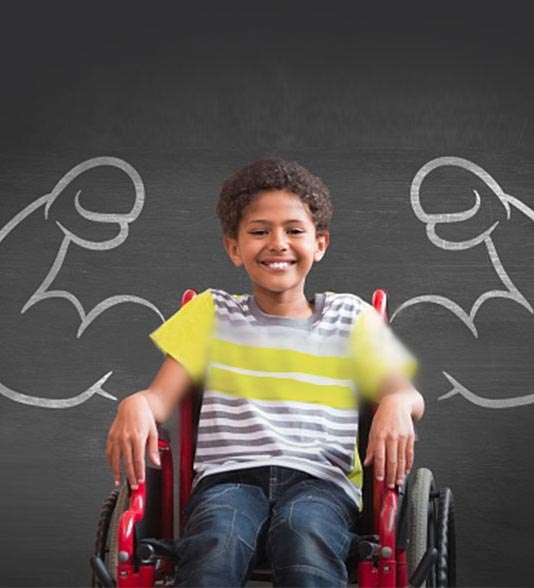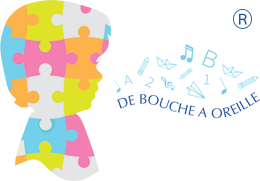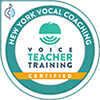
Cerebral Palsy
What
is cerebral palsy?
Cerebral palsy is the result of a
brain lesion that takes place before birth, during birth, or during the first
two years of life. Its manifestations include motor difficulties (posture and
body movement) and/or cognitive disorders.
What are the clinical signs?
As we already specified, clinical signs tend to appear as motor and cognitive disorders, but may also include other associated disorders.
- Motor disorders:
Motor disorders are usually apparent during the first years of a child’s life and include:
- Loss of muscle control due to spasticity (muscle tension) at the level of the affected muscles. These include the muscles of the lower limbs, the upper limbs, hemiplegia (arm and leg on one side of the body), diplegia (both lower limbs), quadriplegia (all four limbs) or only one limb.
- Abnormal movements known as “dyskinesia” which include contractions, trembling, and uncoordinated and uncontrolled voluntary movements. As a result of these muscular disorders, we also observe a loss of balance, ocular disorders such as strabismus, dysphagia, drooling and incomprehensible speech.
- Cognitive disorders:
Cognitive disorders are global and varied disorders of intellectual functioning. Its manifestations usually begin as spoken language disorders. Later, more specific disorders, such as during schooling, may appear:
- Memory and attention disorders which may lead to difficulties in learning how to read, how to transcribe, and in mathematical reasoning.
- Difficulties in learning how to write may also be present and are usually compounded by the presence of motor disabilities.
- Associated disorders:
The cerebral lesion may also lead to other associated disorders, including:
- Respiratory and digestive issues.
- Sensory disorders, such as hearing loss and impairments of visual function.
- Neurosensory disorders which lead to an inability to recognize sounds, objects and odors even if they are able to hear, see and touch them.
Nevertheless,
it must be noted that children with cerebral palsy are not similar. Forms of
cerebral palsy may differ and may range from mild to more severe forms with
multiple handicaps and which usually include both motor and intellectual
disabilities simultaneously, thereby severely limiting the child’s autonomy and
communication capabilities.
How to act?
Each disorder previously mentioned may present itself in isolation or associated with others. This entails the need for a multidisciplinary approach to the care of these children. As a result, motor and cognitive reeducation is undertaken by:
- Physical therapists.
- Occupational therapists (education of autonomy during everyday life, handwriting, use of technical aids, computers, etc.).
- Speech therapists (rehabilitation of swallowing, speech, spoken language, reading, writing, cognitive disorders such as memory and attention, etc.).
- Psychomotor therapists (space-time coordination, body image and its position in space, relaxation, etc.).
- Orthoptists (eye muscle and movement rehabilitation).
Children with cerebral palsy require
specific care that is undertaken by multidisciplinary team of specialists. This
leads to tight collaboration, not only between the caretakers, but also with
parents and teachers. This allows for a targeted and optimum treatment plan
allowing for children with cerebral palsy to become autonomic in their daily
lives, whether it be during social interactions with their entourage, during
schooling, or during activities of daily living.


